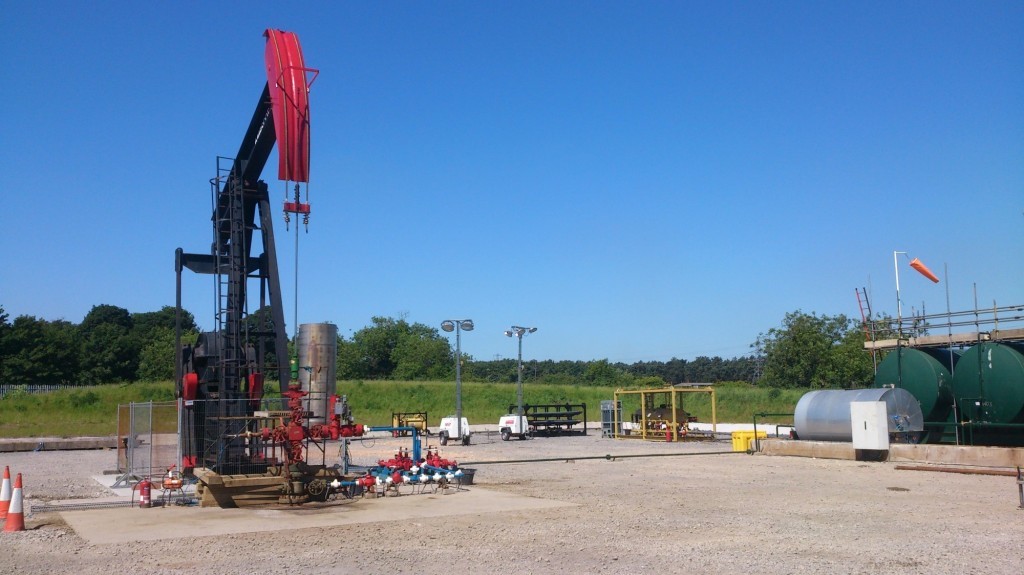
HEAD halfway around the globe and Asia-Pacific is a very important market and currently accounts for nine jack-ups.
“We’re working from Malaysia, through Thailand, all the way down to New Zealand,” said Burns.
However, he warned that most of the new-build jack-ups ordered by myriad companies were being constructed in Asia-Pacific yards, especially those of Singapore, and that, as they emerged, there was a tendency among owners to seek work in that region for cost reasons.
As a result, it is putting pressure on existing units.
“A lot of these companies are start-ups. It’s an enormous list. And, because of their debt requirements, they’re keen to get their rigs working. As a result, rig rates have softened considerably. In this new environment, with lower commodity prices, we haven’t seen as much opportunity from the producers as before, so it’s become harder to keep rigs working.
“If you look at 2009 as a whole and average it out, we’re going to be 75-80% utilised, compared with 100% the prior year.”
India is an interesting market for Ensco – a calculated risk, too, as it becomes increasingly clear that this hugely populated country’s aquatory is displaying considerable potential, including deepwater.
“India will, at some point, be a major player in deepwater, so by keeping one or two jack-ups there we keep ourselves visible in that market. We have a good relationship with our customer there,” Burns said.
“Do a good job, safely and efficiently, with your jack-ups and it will bring opportunities to work with deepwater units,” he added.
As for its home waters, the US Gulf has already been covered in the deepwater context, but what of jack-ups?
“We bid successfully into Mexico with Pemex, and we will have five units working there.”
In other words, like its competitors, the real future in the US Gulf for Ensco lies deepwater, and that’s why the company’s fleet is being so dramatically re-engineered.
Recommended for you
